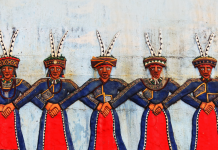Text and images by Shreya Gopi
Not only has Asia been the origin of several spices, but these treasure troves have also travelled all over the world, becoming an integral part of non-Asian cuisine. Food historian Colleen Taylor Sen has noted that from ancient times, spices from India and Southeast Asia have been valued in the West for their flavour and medicinal properties – and as a symbol of status.
Here, we explore the offerings of this vast continent and learn how many of these spices have become intrinsically established in the Western palate.

CARAWAY SEEDS (Carum carvi)
Origins: Asia to Central Europe
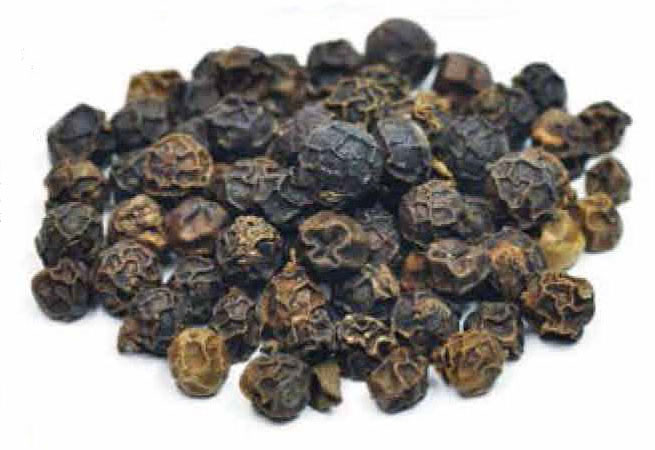
PEPPER (piper nigrum)
Origins: South and Southeast Asia
The Asian Infusion: The most popular spice worldwide is probably black pepper. It adds zest to stews, soup, sausages, even pastries. Quatre épices, a mixture of ground pepper, cloves, nutmeg, and ginger, is used to season stews and charcuterie in France.

FENUGREEK (Trigonella foenum-graecum)
Origins: West Asia

ASAFOETIDA (Ferula assa-foetida)
Origins: Iran and Afghanistan
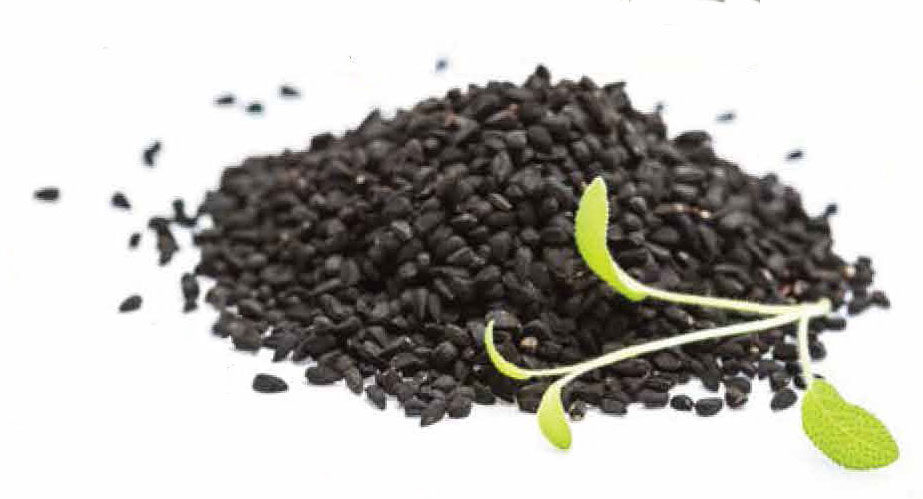
BLACK CUMIN (Nigella sativa)
Origins: West Asia
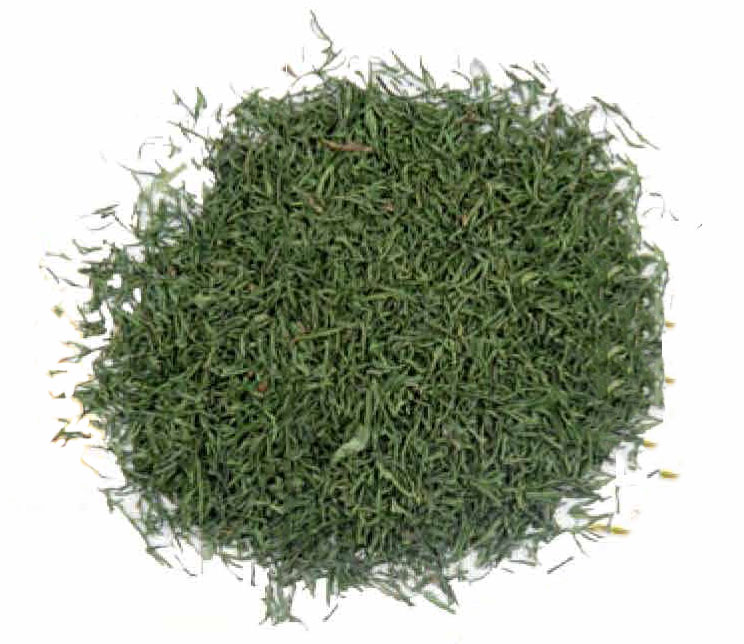
DILL (Anethum graveolens)
Origins: Southern Russia, Western Africa and the Mediterranean region
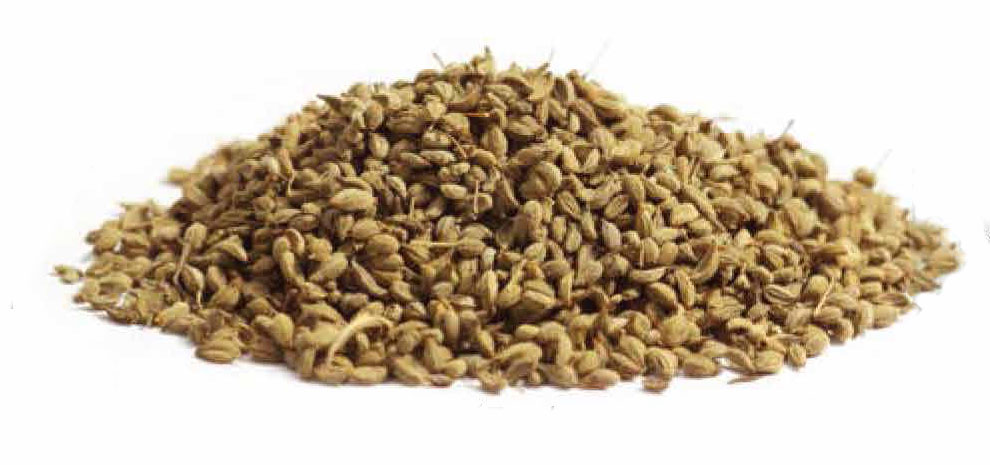
CAROM SEEDS (Trachyspermum ammi)
Origins: West Asia
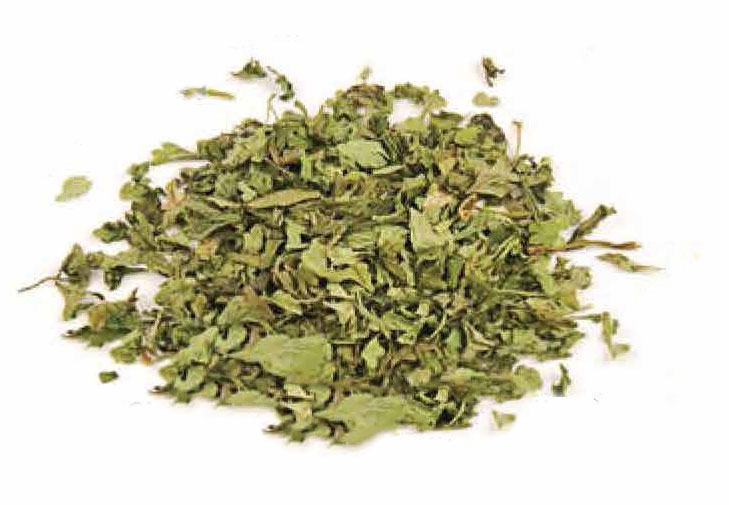
CHERVIL (Anthriscus cerefolium)
Origins: Southern Russia/The Caucasus

CINNAMON (Cinnamomum verum)
The Asian Infusion: In the Western world, cinnamon is often added to baked goods and confectionery and is a component of hot chocolate and other cold weather beverages. It is also added to fruit compotes.
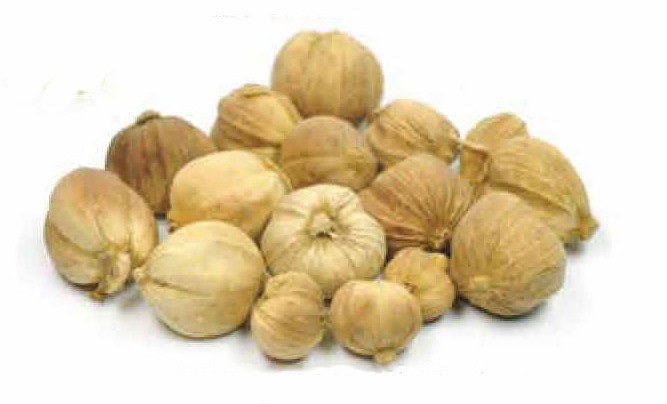
CARDAMOM (Elettaria cardamomum)
Origins: India
The Asian Infusion: Green cardamom seeds are especially popular in Scandinavia as flavouring for cookies, cakes and other baked goods.
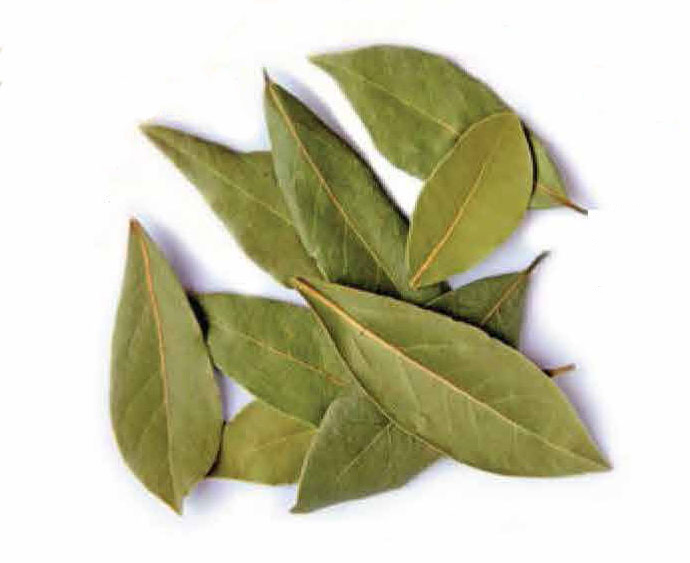
DRIED BAY LEAVES (Laurus nobilis)
Origins: Anatolia, Turkey
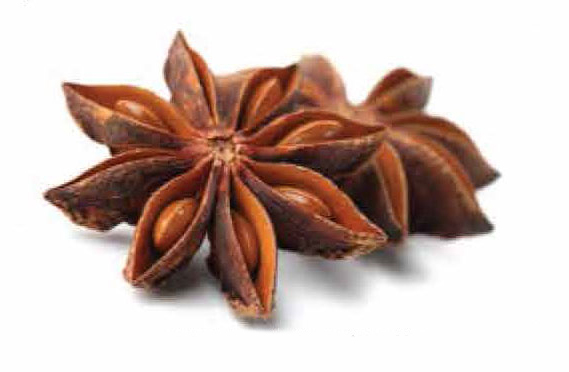
ANISE (Pimpinella anisum)
Origins: Middle East
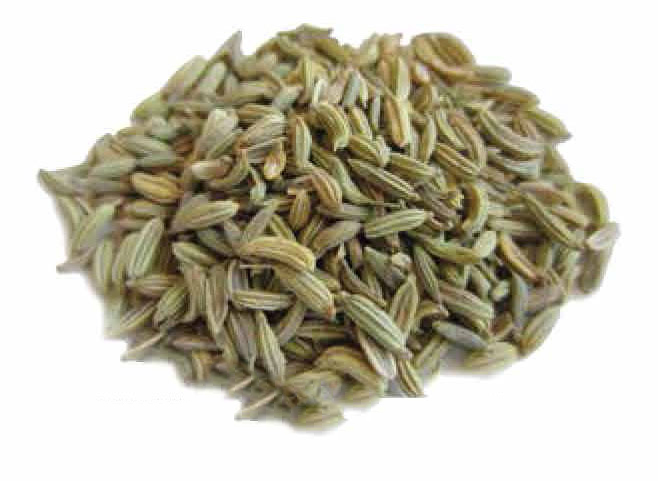
FENNEL (Foeniculum vulgare)
Origins: Mediterranean region
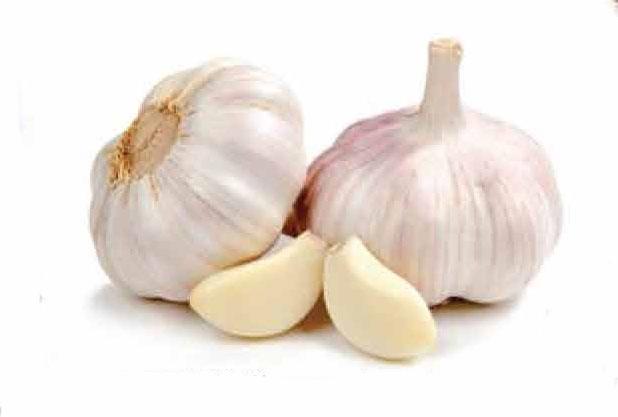
GARLIC (Allium sativum)
Origins: Central Asia, South Asia or Southwestern Siberia (debatable)
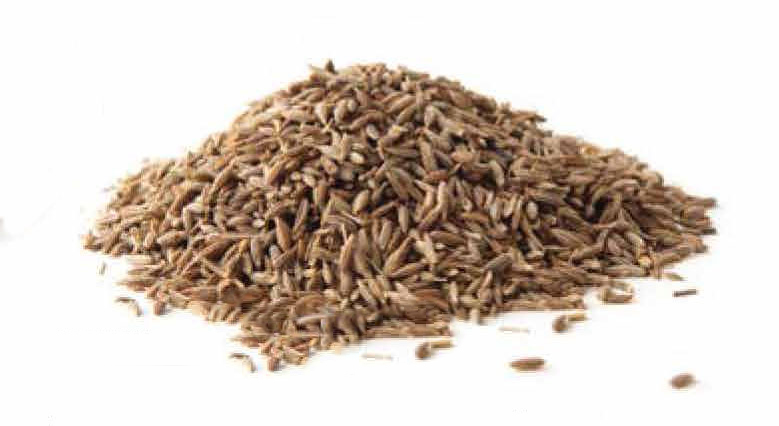
CUMIN (Cuminum cyminum)
Origins: East Mediterranean
The Asian Infusion: In Germany and France, cumin seeds are used in cakes and breads, while the Dutch and Swiss add them to cheese.
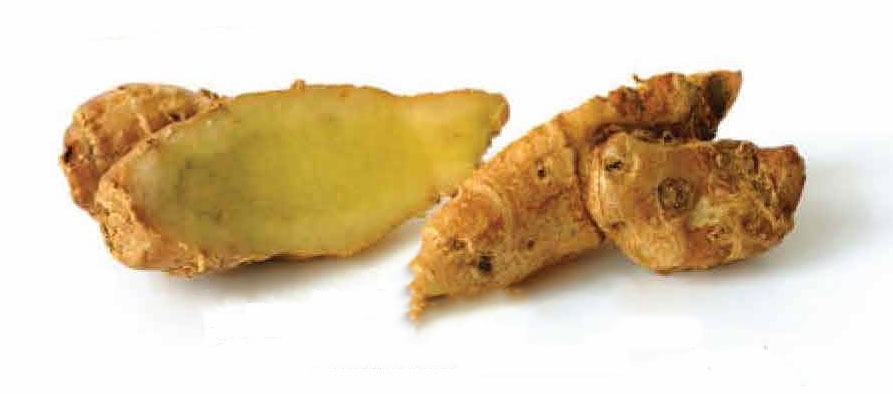
GALANGAL (Alpinia galangal)
Origins: Indonesia
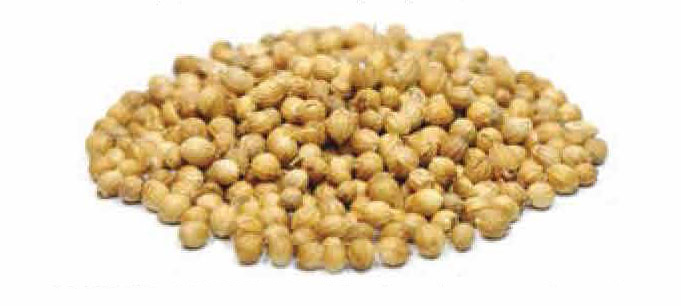
CORIANDER SEEDS (Coriandrum sativum)
Origins: West Asia, North Africa and Southern Europe
The Asian Infusion: Coriander seeds are popularly used in Europe to lend aroma to stews, cakes and breads.
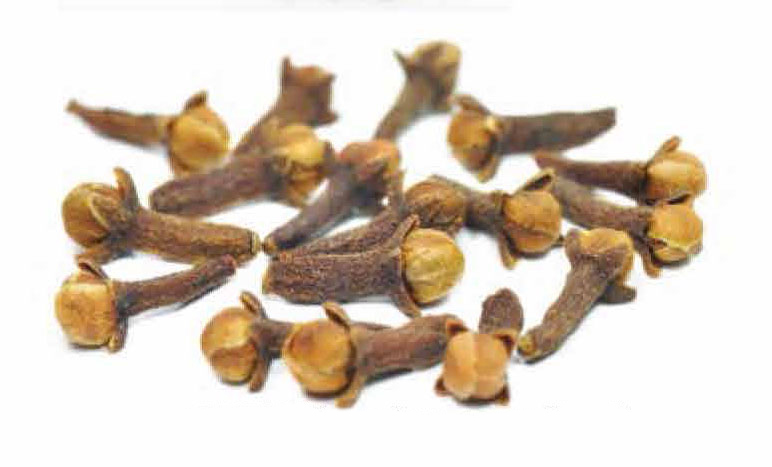
CLOVE (Syzygium aromaticum)
Origins: The Spice Islands, Indonesia
The Asian Infusion: Cloves are a common pickling spice. In Britain, they are an essential ingredient in festive foods, such as Christmas pudding and mulled wine.
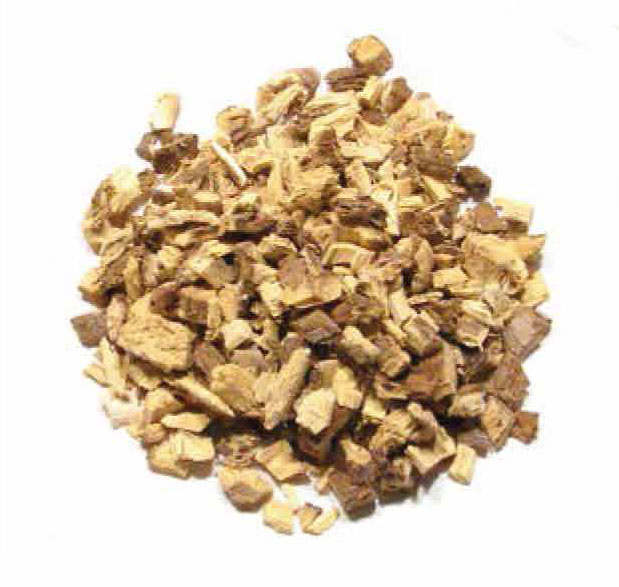
LIQUORICE (Glycyrrhiza glabra)
Origins: India and Southern Europe
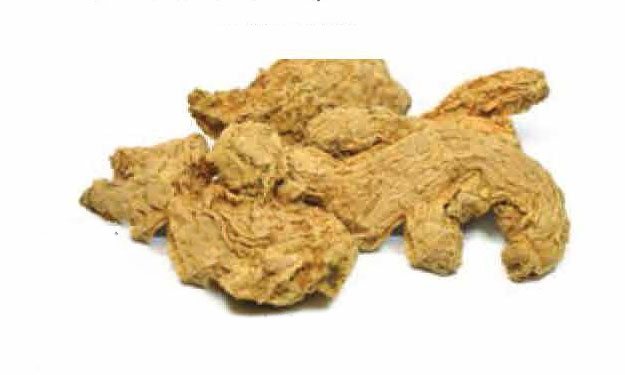
GINGER (Zingiber officinale)
Origins: Southeast Asia
The Asian Infusion: From medieval times, ginger has been a popular ingredient outside Asia and was used in gingerbread, puddings, and even beer and wine.
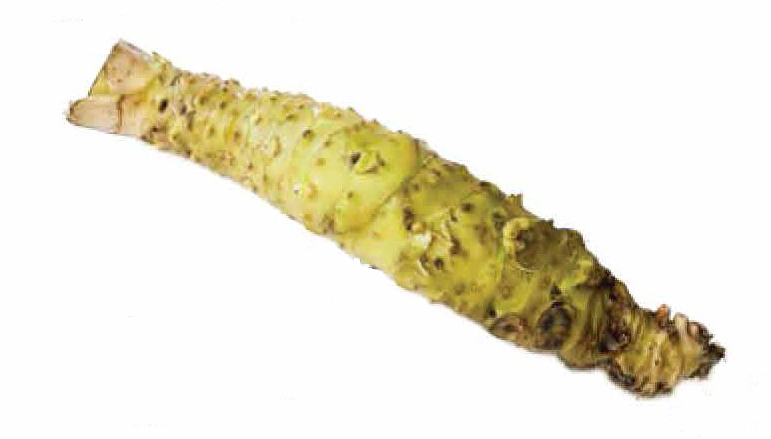
JAPANESE HORSERADISH (Wasabi) (Wasabia japonica)
Origins: Japan
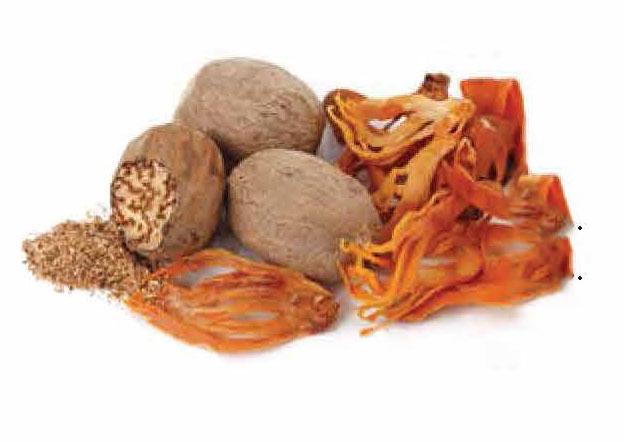
MACE AND NUTMEG (Myristica fragrans)
Origins: The Spice Islands, Indonesia (Mace and nutmeg come from the same fruit. Nutmeg is the inner brown seed and mace is the outer membrane.)
The Asian Infusion: In the Netherlands and Scandinavia, nutmeg imparts flavour to vegetable dishes. In France and Italy, it is a classic ingredient in béchamel sauce. In Britain, nutmeg and mace are used to flavour rice puddings and some cakes.
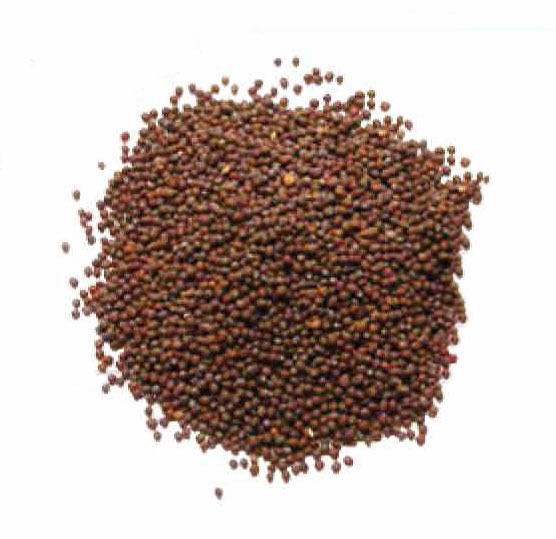
MUSTARD (white: Sinapis alba, brown: Brassica juncea)
Origins: Mediterranean region (white mustard) and Himalayan
region (brown mustard)

TURMERIC (Curcuma longa)
Origins: South and Southeast Asia
The Asian Infusion: Turmeric is a substitute for saffron to colour rice dishes. It also imparts flavour and colour to preserves, relishes and mustard, especially in America.
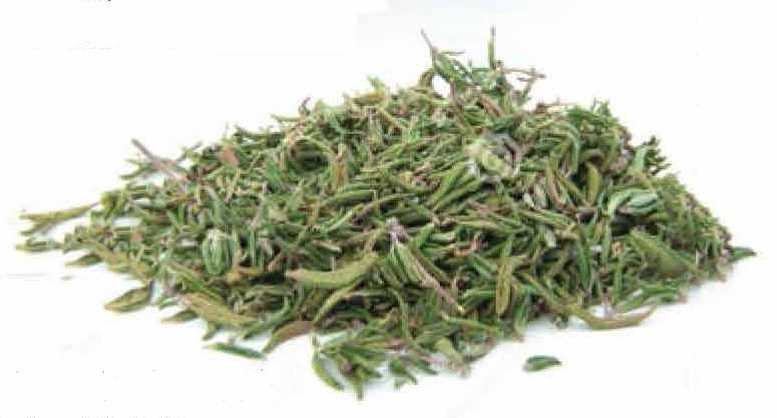
THYME (Thymus Vulgare)
Origins: Mediterranean region

STAR ANISE (Illicium verum)
Origins: South China and Vietnam
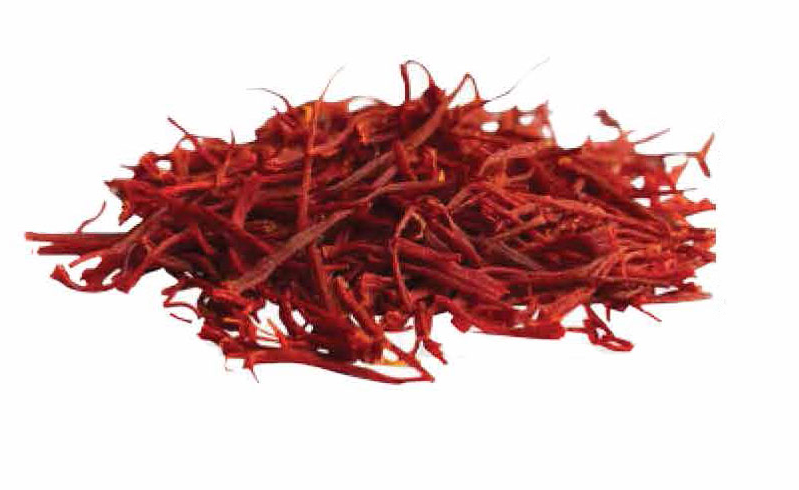
SAFFRON (Crocus sativus)
Origins: Mesopotamia (Iraq, Kuwait, NE Syria, SE Turkey, SW Iran)
The Asian Infusion: Saffron, the world’s most expensive spice, is a strong feature in French bouillabaisse (fish stew), Italian risotto and Spanish paella.
SPICES FROM OUTSIDE ASIA
• Allspice
Origins: Caribbean region
• Tamarind (Tamarindus indica)
Origins: Africa
• Sesame (Sesamum indicum)
Origins: Africa
• Paprika (Capsicum annuum)
Origins: Central America, South America and the West Indies
• Horseradish (Armoracia rusticana)
Origins: Central Europe
[/ultimate_ctation]
Check out the rest of this article in Asian Geographic No.110 Issue 2/2015 ) here or download a digital copy here



![The Road to Independence: Malaya’s Battle Against Communism [1948-1960]](https://asiangeo.com/wp-content/uploads/2021/07/WhatsApp-Image-2021-07-26-at-11.07.56-AM-218x150.jpeg)

